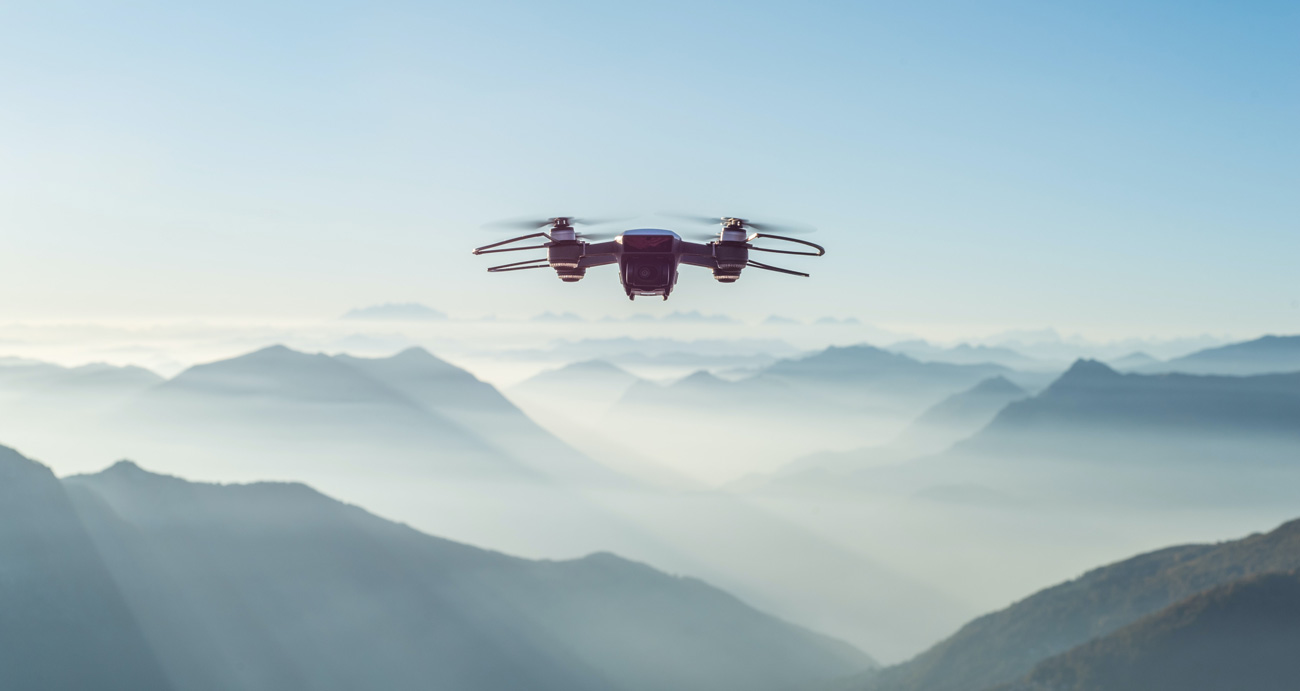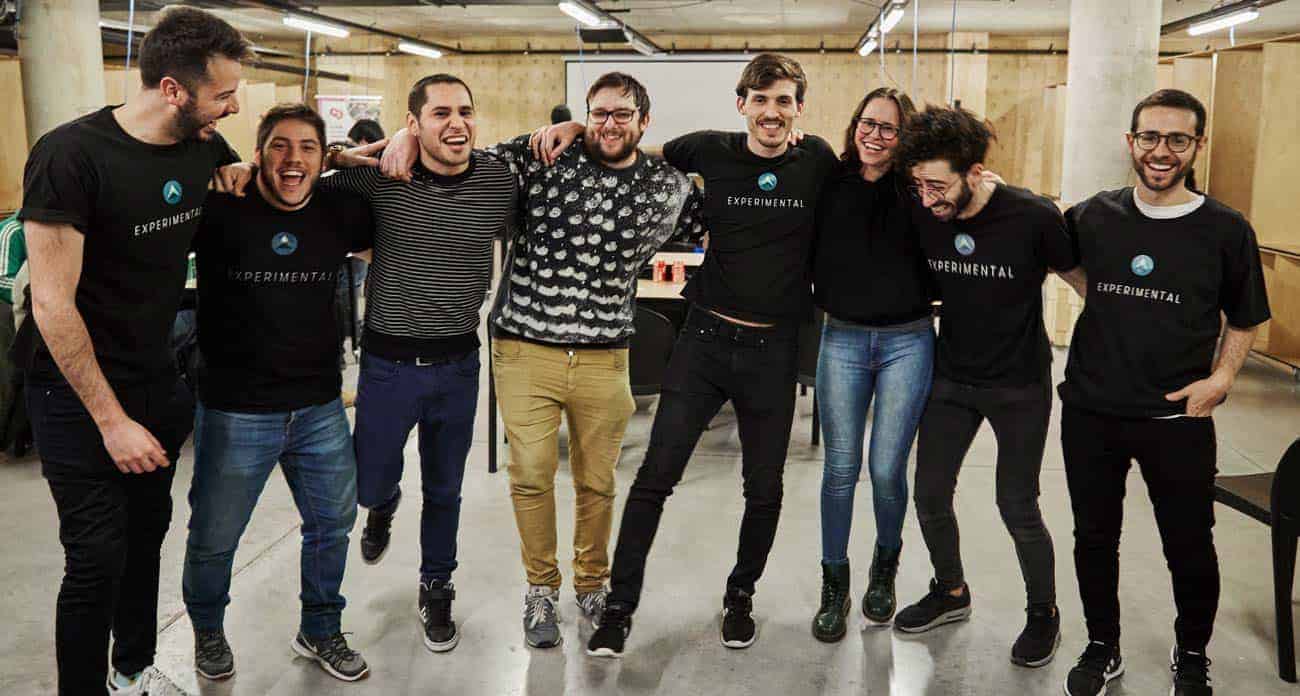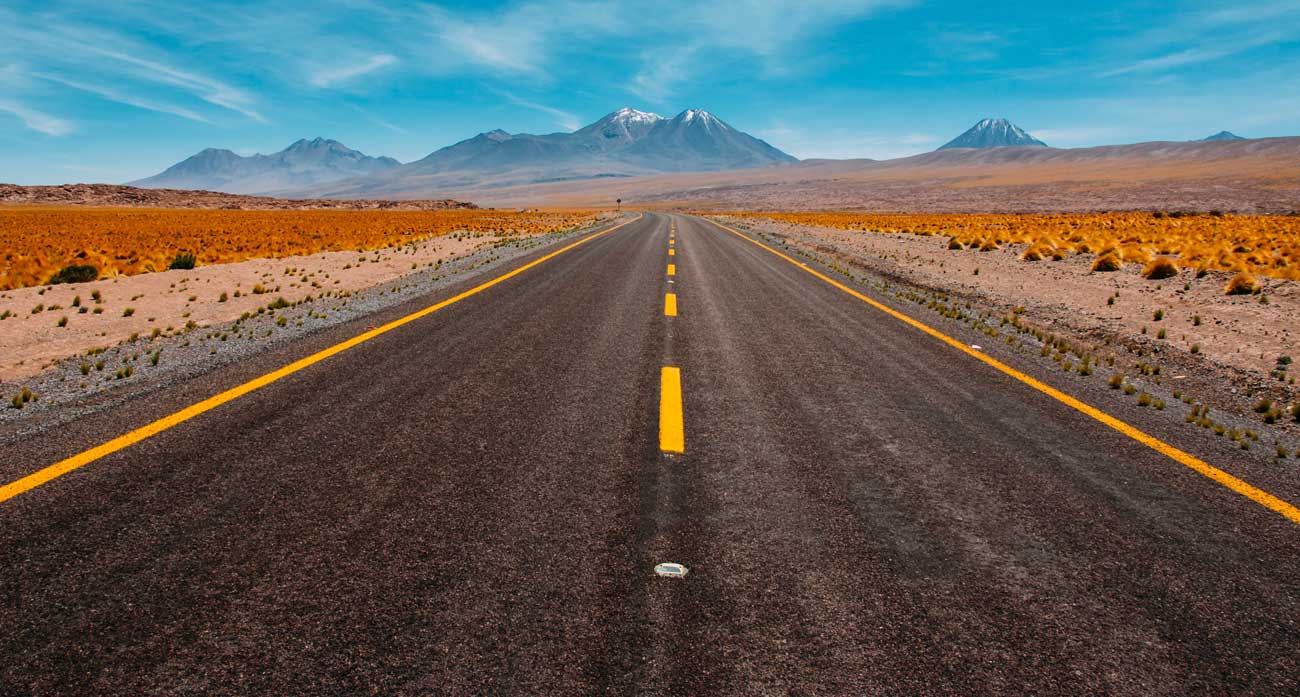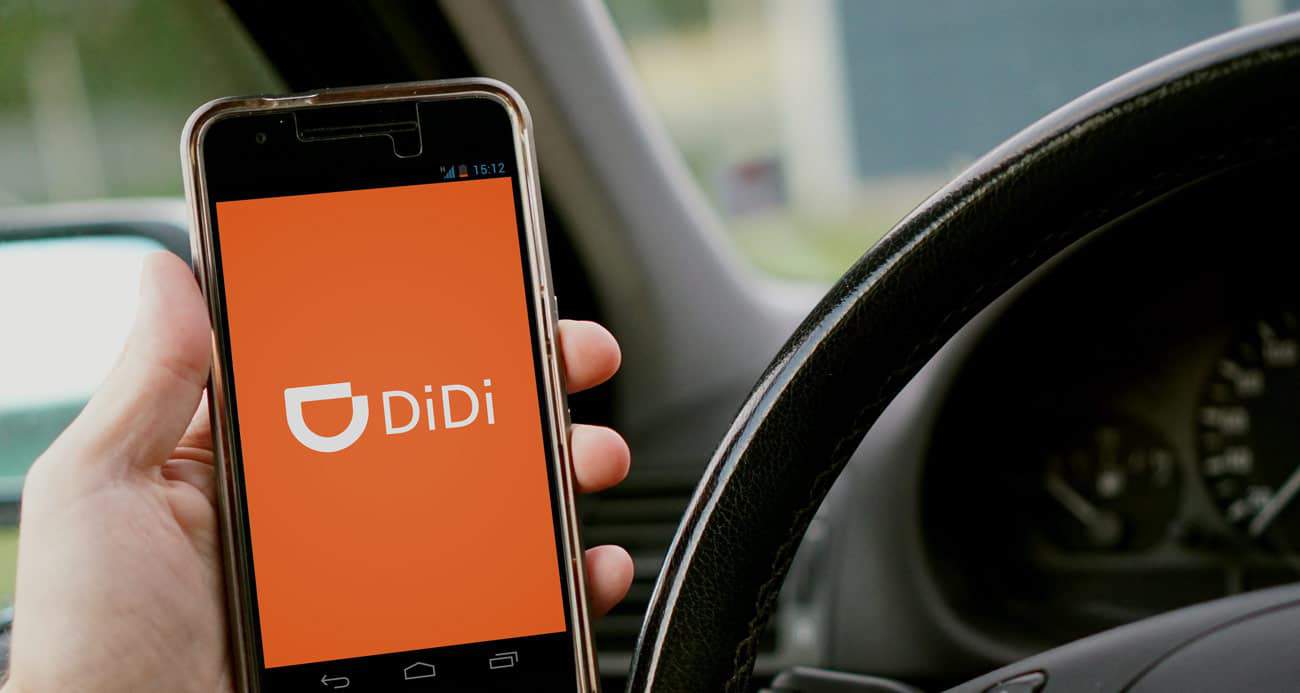[wd_hustle id=”InArticleOptin” type=”embedded”/]
Contxto – Did you know April 26 is World Intellectual Property Day? Prior to writing this article, I didn’t.
And to commemorate the occasion, every year, the World Intellectual Property Organization (WIPO) lauds registered patents under a certain topic. What’s important is that they be significant contributors to creativity and innovation in order to be considered.
And this time around, the WIPO was focusing on projects that contribute to a more eco-friendly world. As a result, Peruvian startup qAIRa’s drone was commended.
And its technology is re-framing the way air pollution is mapped and measured.
Democratizing data through drones
But how does one measure pollution levels? Apparently, it’s not an accessible nor accurate process, according to Mónica Abarca, qAIRa’s Co-founder and CEO.
“Current practice for air quality data collection relies on static stations that cover small areas and are expensive to establish and maintain,” explained Abarca. “These stations need to operate over extended areas to collect sufficient data for big data analyses.”
But the Peruvian engineer came to realize that since you can’t move a station around to soak in as much info as possible, under this model, big data analysis wouldn’t be viable.
- Related article: Rappi launches delivery robots, is it outmaneuvering iFood?
Consequently, she, Carlos Saito, and Francisco Cuéllar launched qAIRa in 2014. And their startup is set on building drones and software that monitor the levels of pollution in the air via big data analytics.
As a startup from Peru, one of its biggest concerns is pollution levels generated by the mining industry. Nonetheless, this tech has applications in energy and agriculture, among others.
qAIRa’s ultimate goal is to democratize access to this information through technology.
In a drone daze?
This Peruvian startup adds an innovative touch to measuring and mapping air pollution. And it’s just one more application using drones. And in any case I’d guess we’ll be hearing more about problem-solving through drone technology in the very near future.
Coronavirus (Covid-19) is causing the world to reevaluate its approach to these flying wonders. They’ve been used to complete deliveries in rural Chile, for example. Meanwhile, in parts of the United States and Europe, they’re (creepily) overseeing compliance with social distancing.
Latin America has yet to reach those levels of surveillance. However, in Rio de Janeiro they’ve been deployed to “kindly remind” people out on the street to stay home.
But do the ends justify the means?
Related articles: Tech and startups from Peru!
-ML





